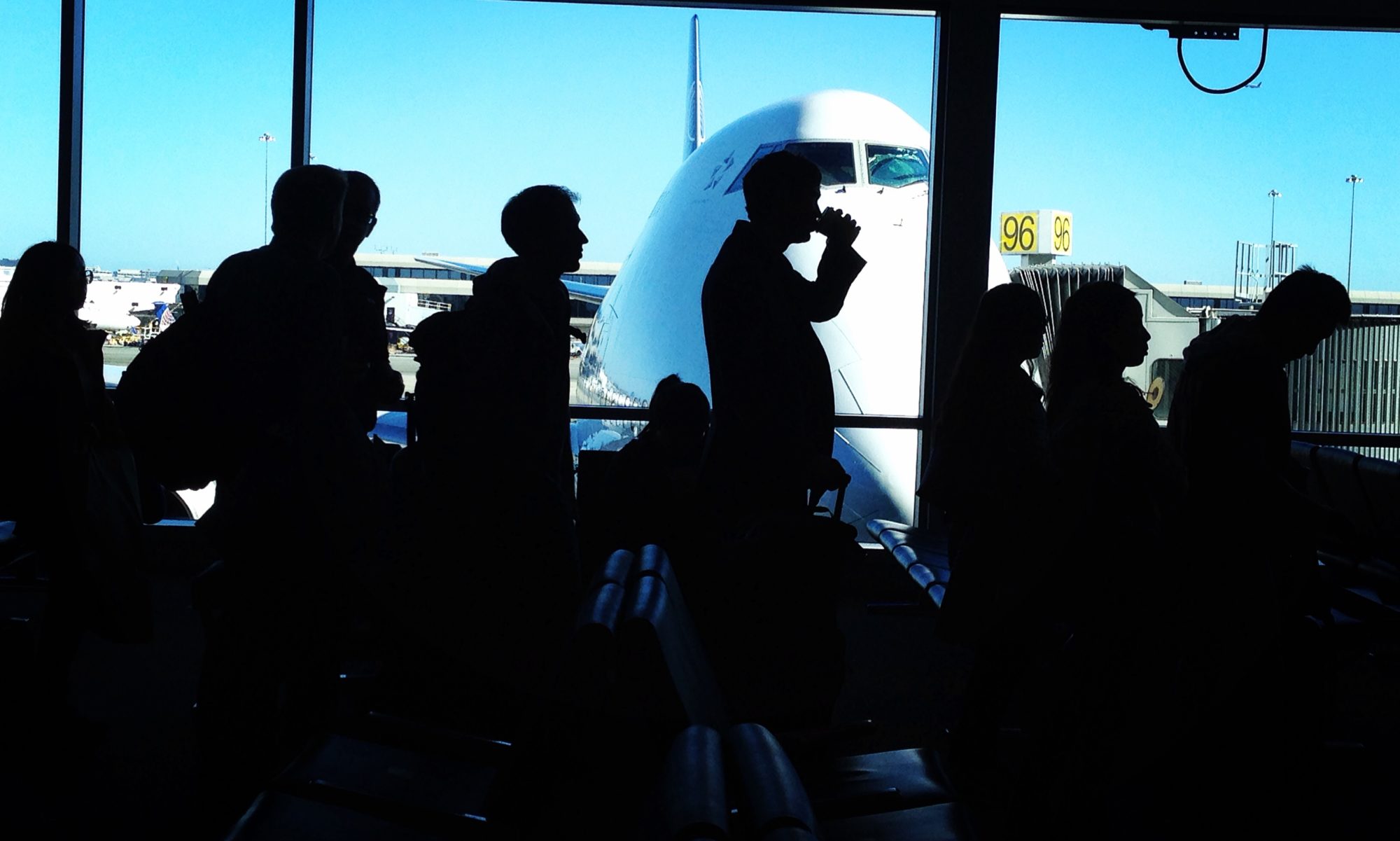By Clement Tan
Dec. 18 (Bloomberg) — China, poised to become the world’s biggest buyer of new planes, also wants to build a graveyard for old aircraft.
China Aircraft Leasing Group Holdings Ltd. is investing $2 billion to build the country’s largest plane disassembly plant in Harbin — known as China’s “Ice City” — some 750 miles northeast of Beijing. The facility starts operation in 2017 and aims to tear apart 50 jets annually after five years, Chief Executive Officer Mike Poon said at a press conference in Hong Kong today.
“The headlines for aircraft in Asia are about new deliveries, but there will be significant retirement of old aircraft,” said Will Horton, a Hong Kong-based analyst at the CAPA Centre for Aviation. “You need a robust system to catalog the parts to sell them in foreign markets.”
China’s foray into the field comes as Boeing Co., the world’s largest plane maker, also is exploring ways to wring money from the end of a jetliner’s life. With the value of parts potentially outweighing an old jet’s resale price, the $3.2 billion a year market for used aircraft parts is growing as companies discard planes well before the end of their 30-year life cycles.
The scrap-aircraft industry is concentrated mainly in the U.S., a mix of closely held operators such as Aircraft Demolition LLC — which works out of Arizona’s Pinal Airpark, known for its open-air storage — and publicly traded companies like AAR Corp.
Scrap Aircraft
Some 48 percent of all aircraft deliveries in the past five years were to replace aging planes, compared with the historical average of 43 percent, said China Aircraft Leasing, also known as CALC, citing data from Ascend Flight Global Consultancy. In April, the Washington-based Aircraft Fleet Recycling Association said as many as 1,800 aircraft will be dismantled around the world in the next three years, citing industry operators.
From leasing, sale and leaseback to disassembly services, CALC is committed to becoming a one-stop, full life cycle aircraft solutions provider, the company said in a statement today.
CALC, Asia’s first plane lessor to go public, closed down 0.6 percent at HK$10.22 in Hong Kong today.
Typically, deserts are seen as ideal spots for disassembly, since the dry conditions reduce corrosion. More than 60 companies are based out of Mojave Air & Space Port in California, one of the world’s leading centers for flight testing, space technology and jet maintenance and storage.
China Demand
In contrast, Harbin is known for its bitterly cold winters and annual ice sculpture festival. The city, which is also the capital of Heilongjiang province, is the heart of China’s industrial northeast.
“It would be interesting to see what the exact plans are and how they plan to accommodate Harbin’s long and cold winters,” , CAPA’s Horton said. “Disassembly is normally done outdoors.”
CALC’s Poon said today that the plant’s operational model will not require as much storage space as those elsewhere. The plant will be located near the Harbin Taiping International Airport. Harbin was chosen because the city has an existing aerospace industrial presence.
The sector is in its infancy in China, with the first disassembly carried out just last year by GA Innovation China, according to a statement on the company’s website. The company is a venture between GA Telesis LLC and Air China Ltd.
CALC’s proposed facility is part of a broader plan to revive China’s northeast. Brazilian aircraft manufacturer Embraer SA has an assembly facility in Harbin, a joint venture with Aviation Industry Corp. of China.
Regulatory Hurdle
China is expected to be a driving force in the aviation industry in coming years. The country will need about 5,300 new planes, valued at $820 billion, by 2033, Airbus Group NV said Dec. 10. That represents 17 percent of global demand for new planes in the next 20 years.
Earlier this year, Boeing forecast that more than 6,000 of its planes will go to China through 2033, about 40 percent of the company’s Asian deliveries. Last month, CALC placed a $10.2 billion order for 100 Airbus single-aisle A320 planes.
“With the prompt development of China’s aviation industry and the rapid expansion of airlines’ fleet, the number of old retiring aircraft has been increasing every year,” CALC said in a Dec. 4 statement.
‘Makes Sense’
Potential regulatory hurdles to CALC’s plan remain. It’s unclear whether the current practice in China to restrict imports of jetliners more than 10 years old, and air freighters above 15 years old, would apply to planes brought there just to be taken apart, Dennis Lau, an aviation analyst with Ascend, said in a telephone interview.
Four calls to the Civil Aviation Administration of China were not answered. CALC’s Poon said the plant will initially focus on the China market and the company is in talks with the local government on possible policy changes.
“It makes sense for them to start something like this, since China has not been exporting its old planes in a big way,” said Dewey Yee, chairman of Future Gate Finance Ltd., a Hong Kong-based air-financing consultancy. “Some of the planes being discarded are not even that old, so the parts have a pretty high resale value.”
This was first published at Bloomberg.com.
